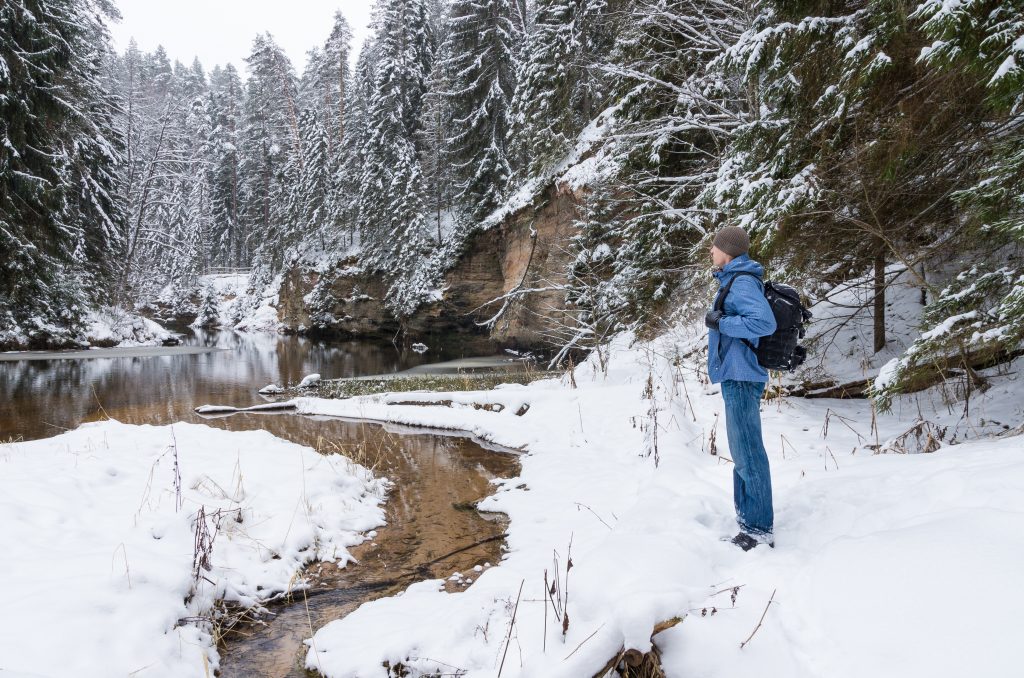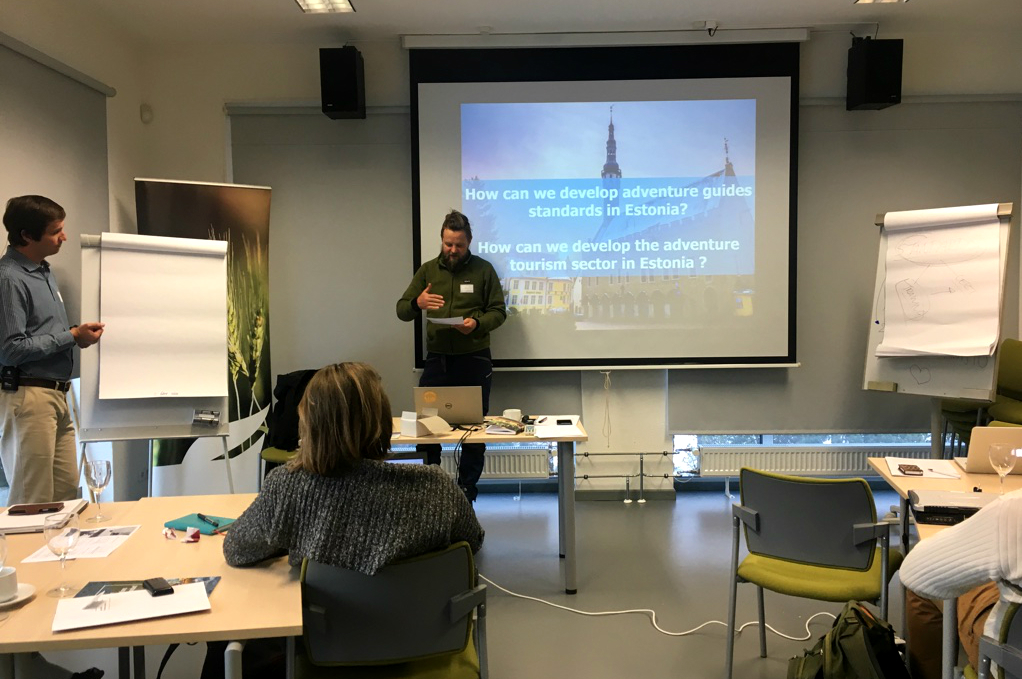One of the most important factors allowing an adventure travel destination to achieve success is the ability of its industry to offer memorable experiences while ensuring maximum safety of travelers. Because of this, many of the destinations the Adventure Travel Trade Association (ATTA) works with seek our advice about the best ways to guarantee guides in the destination deliver services at certain standards and all service providers adhere to consistent and reliable safety procedures.
Working so intimately with this subject matter, we found a recent engagement in Estonia focused on guiding and safety standards provided an interesting perspective of how one destination, in particular, is addressing this top-of-mind issue.
Estonia and Adventure Travel
Estonia is a beautiful country in the Baltics with very well preserved natural landscapes. The local culture and everyday lifestyle includes connection with nature and spending time outdoors. With a mostly flat, water-abundant terrain, Estonia is ideal for soft adventure activities such as hiking, biking, kayaking, and paddling. While we were there, we discovered it is also home to a new adventure activity: bog-shoeing, or walking with broad-base, snowshoe-like soles allowing one to safely move through swamps and water-rich areas without sinking.

With plentiful nature and a population interested in outdoors experiences, Estonia’s potential for a strong presence on the global adventure travel marketplace is a fact. Until recently, Estonia’s adventure travel industry has primarily served the local and regional markets, but there has been a growing interest in the country among international travelers. This triggered discussions about what steps the destination must take so in-country adventure experiences meet international guests’ expectations and allow Estonia to compete in the global marketplace. This prompted the local adventure travel community to reach out to the ATTA.
The ATTA’s Role in Estonia
The invitation to engage with Estonia’s nature-based tourism industry came from the Estonian University of Life Sciences (EULS), which is a leading academic institution in the country offering tourism-specific programs. As we discovered later, EULS is notably well-connected to the local travel industry and an active leader in the nature-based travel ecosystem. While the importance of partnerships between academia and business is well documented, we rarely see a university in such a proactive role and this impressed us a lot.
Faced with the questions about how to ensure high-quality performance in the international marketplace, EULS invited our team to deliver an educational and discussion-oriented workshop to help structure dialogue within the local industry. As experts in guiding and safety standards for the industry, our role was to help relevant Estonian stakeholders make an informed choice about the best solution for creating unified guiding service standards and providing safe operations.
We shared the ATTA’s knowledge about global best practices and different models for introducing reliable standards. We also talked about how safety is uniformly fundamental to a destination’s success, but the ways in which it is managed can vary greatly.
In some countries there is no national-level policy regulating safety standards, but the industry proactively employs certification programs that demonstrate guides and other service providers have the skills and knowledge to keep travelers safe. In other countries there is an effective mix between some regulated standards on the national or regional level and voluntary standards or certification systems guaranteeing a certain level of quality. In many countries, governments proactively regulate standards through national-level policies and requirements, which are regularly controlled. Overall, however, there is a wide range of systems that depend greatly on local institutional culture, how sophisticated industry collaboration is, and, to some extent, industry traditions.
How safety standards and guiding skills are operationalized can also vary from country to country. In some cases, there are nationally recognized training programs ensuring companies and guides specifically are prepared to meet and maintain expected standards. Such programs can be delivered by government entities or by industry associations that guarantee quality and relevance to market realities. Our key message in this global overview was that there is no one-solution-fits-all option and every country needs to find the best mix of rules and tactics that is likely to work.

Based on the extensive review of models and approaches, and the need to find what is best for Estonia, our team engaged in an interactive and highly intellectual discussion about what makes sense for the local industry. As with every such discussion, there was a variety of opinions ranging from letting service providers decide independently, guided by common sense, to regulating standards through policies. Of course, the process of exploring options and arriving at what works best in the local context will take time.
The ATTA will continue to support the stakeholders in Estonia’s adventure travel community on their journey to finding the best solution while mutually learning from each other. We also hope that the country will receive more deserved visibility as a fantastic arena for exciting adventure and rejuvenating experiences in nature.
Insights About Safety Standards
As more destinations around the world seek to secure competitive positioning in the global adventure travel marketplace, safety standards are becoming an increasingly hot topic. Safety is fundamental to the adventure travel industry and must be taken very seriously by destinations seeking an international presence. It is not a choice or a specific demand; the ability to serve travelers in a reliable and consistently safe manner is a matter of competitiveness. This is universal.
What is not universal, however, is how this is achieved. As our work in Estonia shows, arriving at a solution involves collaborative dialogue that leads to an informed choice. It is important local stakeholders, both private and public, have solid knowledge about what models exist and their advantages and disadvantages. They should also consider what systems already exist in the country for other industries or socio-economic domains, and how they might be able to align with what has proven to work in the local context. Solutions must cover both safety standards and service with consideration for a destination’s capacity building that enables successful execution.
As the ATTA works with different organizations, companies, and destinations around the world, we continue to expand our own thinking about how safe adventure travel experiences can be reliably and consistently delivered. We hope to continue sharing our knowledge in ways that enhance our entire industry’s preparedness.
